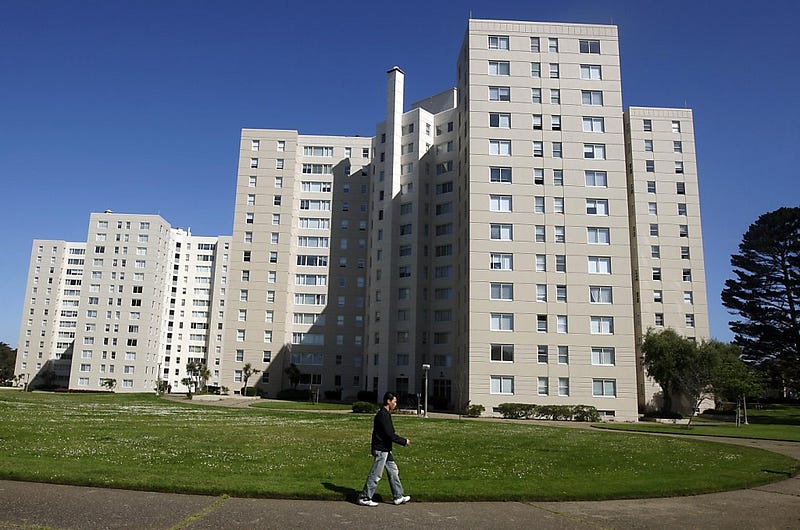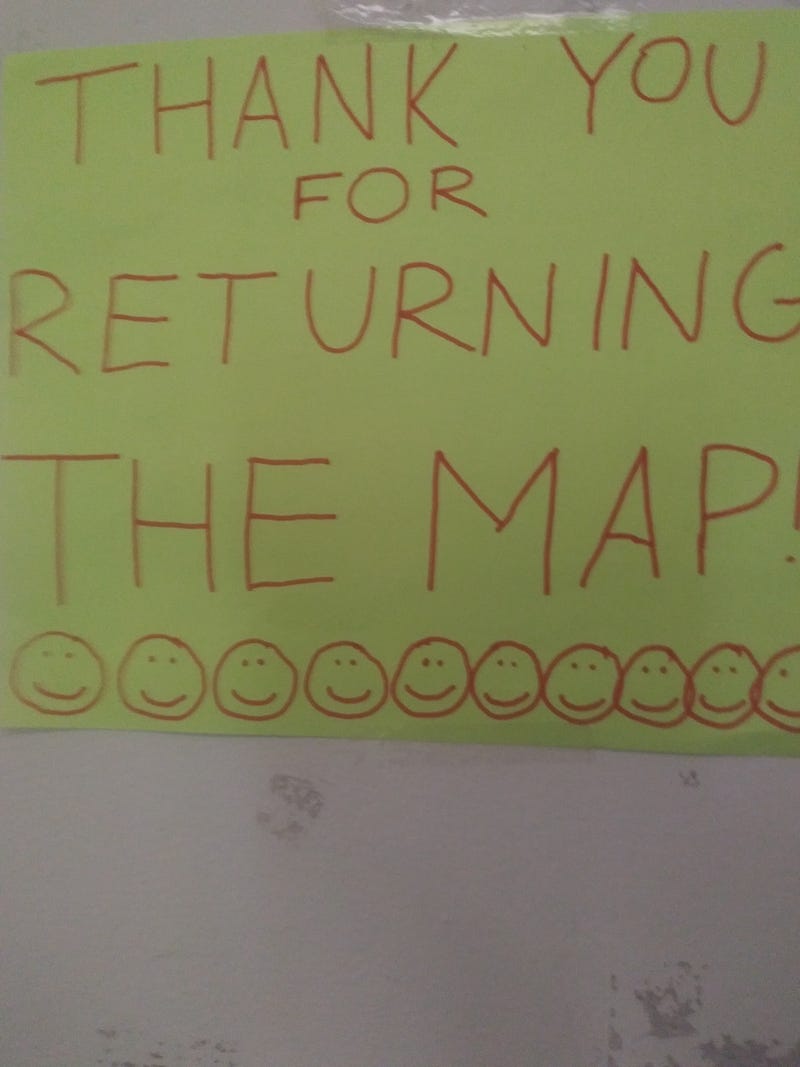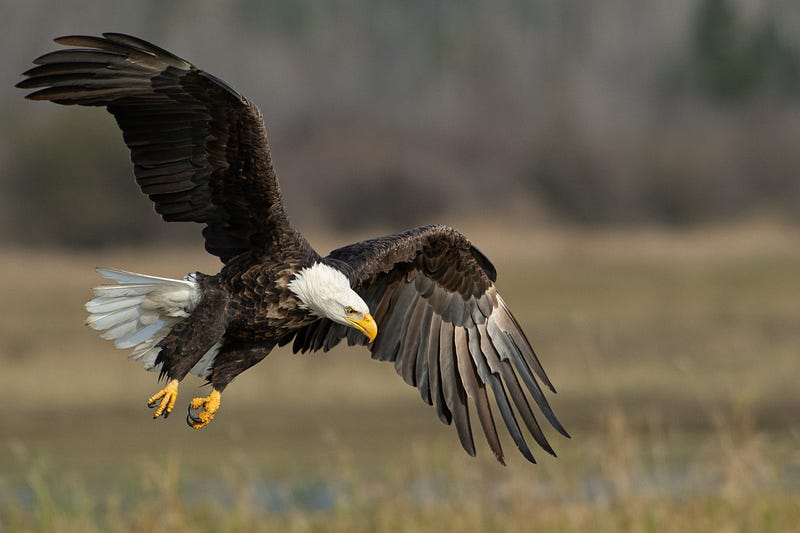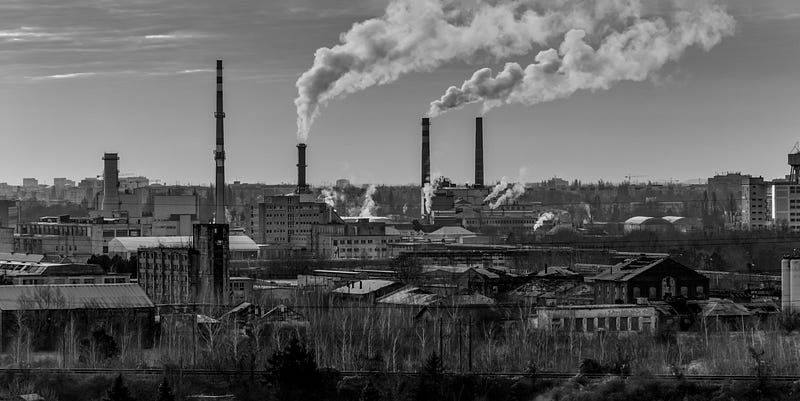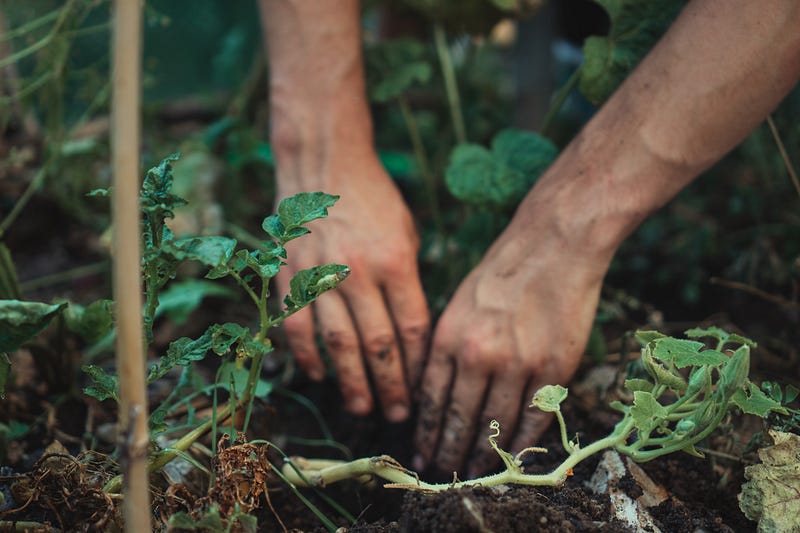Insects are our friends. Help them live, they’ll help us thrive

Why is the world threatened with death of nearly all higher species, including humans? It’s not climate change. More threatening by far is the collapse of insect populations, sometimes called the insect apocalypse.
We tend not to care about our tiny, squishable cousins, except when they’re biting us, but all life on Earth depends on them, and they’re dying fast. What is going on here, and can we make it better?
Worldwide, insect populations have dropped by 75%, according to studies cited by Mary Reynolds in her book We Are The ARK. According to a beautifully illustrated and researched article from Reuters, this insect holocaust is caused by “human activities such as deforestation, pesticide use, artificial light pollution, and climate change.”
Other bug-killers include paving over land, clearing out native plant species, bringing in invasive species, and spreading chemicals. Insect disappearance is the first sign that all life on Earth is threatened.
A European study confirms that the population of flying insects is down by 75% in the last 30 years in Switzerland and Germany. The number of garden spiders, who depend on insects for food, is down by 99% over the same period. You may not care about spiders or insects in Switzerland, but the Florida Museum Insect Lab reminds us that, “Plants and insects are the foundation of the food web, and most of the plants and animals we eat rely on insects for pollination or food.”
Why bugs are dying
Are you old enough to remember when your parents’ car’s windshield would be covered with bug splatter during a night time drive? That doesn’t happen anymore, because the bugs are gone. Where did they go? Notice how many of these causes resemble what is being done to humans.
● Homelessness — Insects lose their homes when forests are cut down, swamps are drained, meadows are dug up, land is paved over, lawns replace natural land cover, and waterways lined with concrete. Bugs evolved to live in particular environments, and we are turning those spaces into parking lots. As we might ask about people displaced from shelter by rising rents, where are they supposed to go? Most of them just die.
● Toxic chemicals — Do most people give a second thought when they spray pesticides, deliberately massacring bugs? Or when they use chemical fertilizers and weed killers that also kill bugs of all kinds, including the beloved ones such as bees and butterflies?
Those chemicals don’t disperse or break down quickly, and they don’t just kill one target species. Larger animals may die when they eat poisoned insects, or eat the bugs’ predators. Humans also suffer from chemical pollution. Our larger size may allow us to survive them, but they cause all sorts of illnesses.
● Light pollution is part of the problem According to one entomologist, “Many species rely on navigating by the moon and stars, and do so by keeping the moon at a fixed location. When another light takes its place, they get trapped.” You may have seen this phenomenon with moths and a light bulb.
● Colonialism — According to Reynolds, all insects evolve to eat plants native to where they live. Adult insects may eat a variety of plants, but baby bugs, called larvae, often can eat only 1 or 2 specific plants. When humans come and clear out native plants and replace them with colonies of decorative or food plants, the larvae cannot survive, and there will be no next generation of insects.
Most typical garden plants and farm crops are not native species. Reynolds says native wildflowers will create a much richer, diverse garden than imported ornamentals. You can see the result of native plant loss in species like the monarch butterfly. Their larvae live almost exclusively on the milkweed plant. As milkweed habitat has been paved over, monarch populations have plummeted. Native plants and insects thrive or fail together.

● Climate change — Hotter temperatures and drier climates kill insects. They’re bad for us, too, but bugs can’t come in and turn on the air conditioning, or turn on a faucet to bring water from far away. Flooding also kills insects burrowed in the ground.
Insects feed everyone else
Virtually everyone eats bugs at some level. Birds rely on insects for most of their protein and fat. The bird population of North America is down by about 3,000,000,000 in the last 50 years, according to Cornell University Ornithology Lab.
Lizards and amphibians depend on bugs to get enough calories to make it through the day. Being eaten by a frog may not seem like a great purpose in life, but insects keep most small animals from starvation. And as we can see, they are starving — amphibian populations are going down by about 3.7% a year, according to the US Geological Survey, and much faster than that in some places.
The reasons for their deaths are the same as the insects’: habitat loss, chemical poisoning, and lack of food, which sets them up for disease. The same thing is happening to wild mammals who eat insects, such as bats, rodents, and hedgehogs. A lot of predatory mammals eat the little ones, so without bugs, everyone goes hungry.
Insects make plants grow
Insects are the great pollinators. They fly seeds from male to female plants so they can reproduce. Wind does this too, but the World Food and Agriculture Organization says that, “80 percent of all flowering plant species are specialized for pollination by animals, mostly insects, and they affect 35 percent of the world’s crop production, increasing the output of 87 of the leading food crops worldwide.” In China, declining bee populations have forced farmers to pollinate plants by hand, an extremely slow and laborious task, which bees can do much more efficiently.
Can people help insects recover?
The survival of insects and other creatures is called biodiversity. The more animal and plant life there is, more varieties and populations, the healthier all our environments will be. More animals, more plants, bring more fungi and bacteria that will absorb more carbon and move other molecules around the system. Insects are central to these processes. They eat things that go back to the soil when they die or into bodies of other creatures when they are eaten.
University of Wisconsin biologist Hannah Lembcke wrote on Quora that our civilization is anti-insect life. “Agricultural pesticides,” she says, “kill insects indiscriminately. Pollinating insects are attracted to the crops, only to get killed by pesticides sprayed on the fields.”
Gardeners kill as many as farmers. According to Mary Reynolds, gardeners actually use eight times more pesticides per acre than farms do. A Google search for flowers and bugs will return pages of articles and ads for pesticides.
Humans’ replacement of native creatures with their imported favorites can lead to disaster. According to Lembcke, “Invasive species compete with native species for food (and eat anything they can catch). Invasive ants can eradicate native ants and other species from their turf in a short period of time, and then spread like wildfire.”
Humans turn biodiverse meadows into lawns, streets, or ornamental gardens that support little life. Lembcke writes, “A mono-culture lawn is basically a desert to most animals — there’s no food, no cover, it’s just a dead zone, whereas an overgrown lawn full of weeds is going to attract far more insects in a much greater diversity.”
So that’s how we help. We can increase the biodiversity of land in our control. We Are the ARK gives chapters of ideas on creating diverse environments on everything from a windowbox to a farm. Even one wildflower in a window box could save the life of a hungry butterfly.
She advocates short grasses, long grasses, shrubs and bushes, new trees and mature forests; each a different ecosystem that will trade with each other and create wonderful biodiversity. As many as possible should be native plants, and there should be absolutely no chemicals.
You would need to do some research to find out what to grow and how to grow it, but Reynolds says many resources are available on the Web (some listed below) and in person. She says it’s a lot of work, and you need at least a bit of land to do it, but ARKing is a beautiful experience. Watching life return and develop can be much more rewarding than the esthetic gardens she calls “green still-lifes.” It’s definitely worth reading Reynold’s book.

Her title capitalizes ARK, to stand for Acts of Restorative Kindness, but she also means it like Noah’s Ark. Life is drowning in industrial civilization’s poisons. We have to construct a network of natural arks where creatures can survive and bring life back. She says that this struggle will go on for hundreds of years, but there’s no point in waiting. Let’s start to bring back the bugs now. Tell others what you are doing! They may be inspired to help.
Resources
To build an ARK, one needs native plants. But how to know plants are Native? There are web sites and books.
California — Nativeplants.org
UK — ecoflora.org.uk
North America — wildflower.org/plants-main
Australia — resources.austplant.com.au/plant-database
Books
Tallamy, Douglas W., Bringing Nature Home: How Yoou Can Sustain Wildlife with Native Plants. Timber Press 2009
Reynolds, Mary We Are The ARK Timber Press 2022
Hawken, Paul Regeneration: Ending the Climate Crisis in One Generation Penguin 2021
Kimmerer, Robin Wall Braiding Sweetgrass: Indigenous Wisdom, Scientific Knowledge,. and the Teaching of Plants, Milkweed Editions 2013
More on saving insects
https://www.endangeredspeciesinternational.org/insects8.html
https://www.pnas.org/doi/10.1073/pnas.2002547117
We Are The ARK Facebook group — https://www.facebook.com/groups/804968449865497
— — — — — —
Thanks for reading! Please comment, share, or steal. Follow me on Twitter, on Facebook , my Substack community Make Earth Sacred Again, or on Medium.com. Hire me for freelancing, editing, or tutoring on Linked In


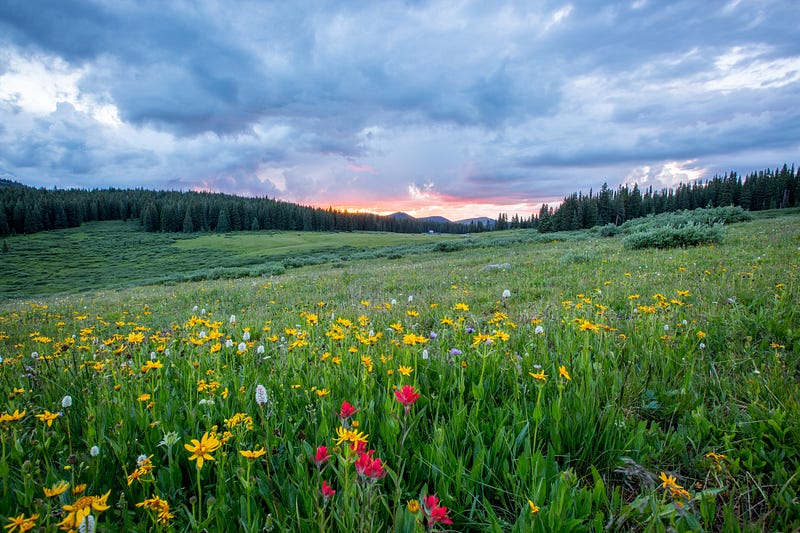
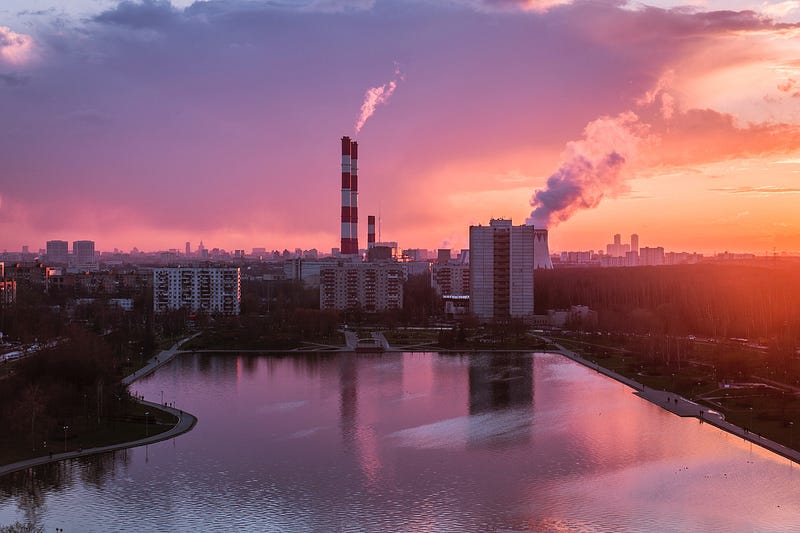 Photo by
Photo by 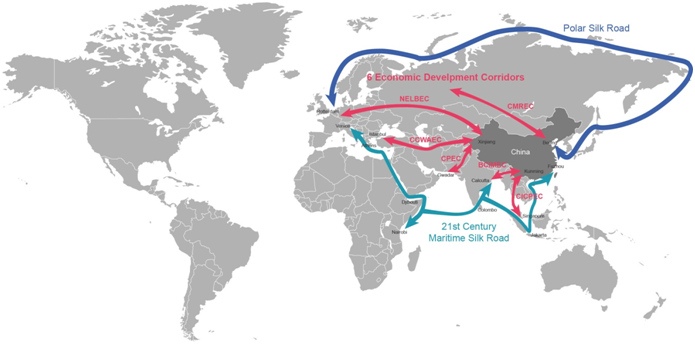
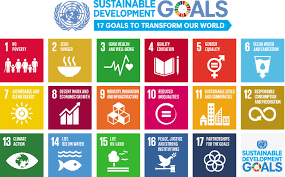
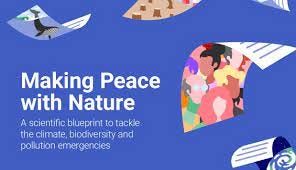
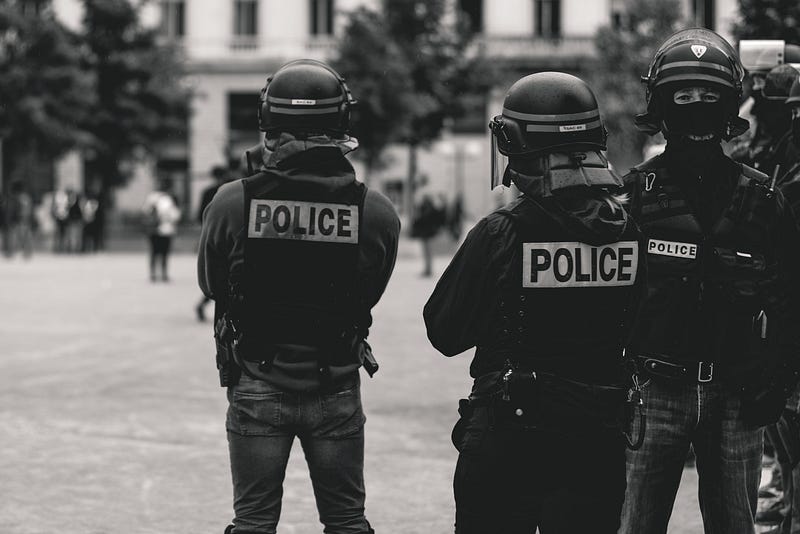
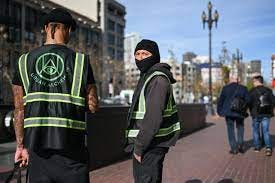

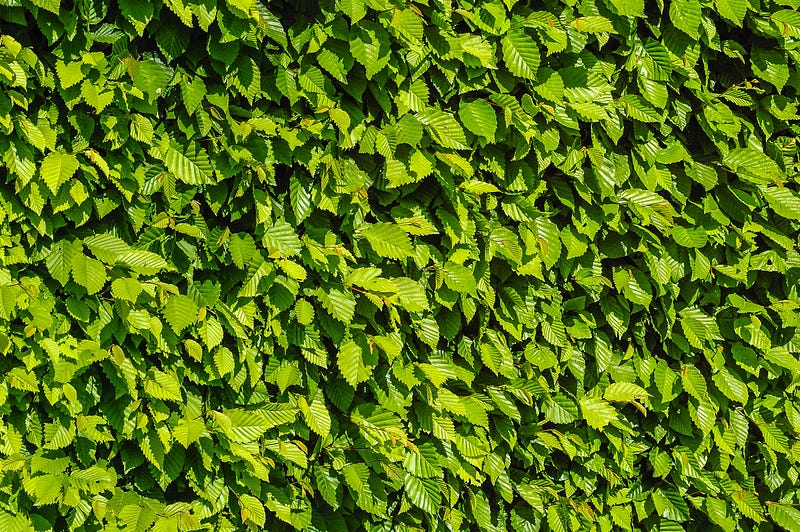
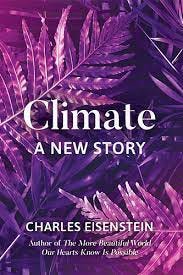
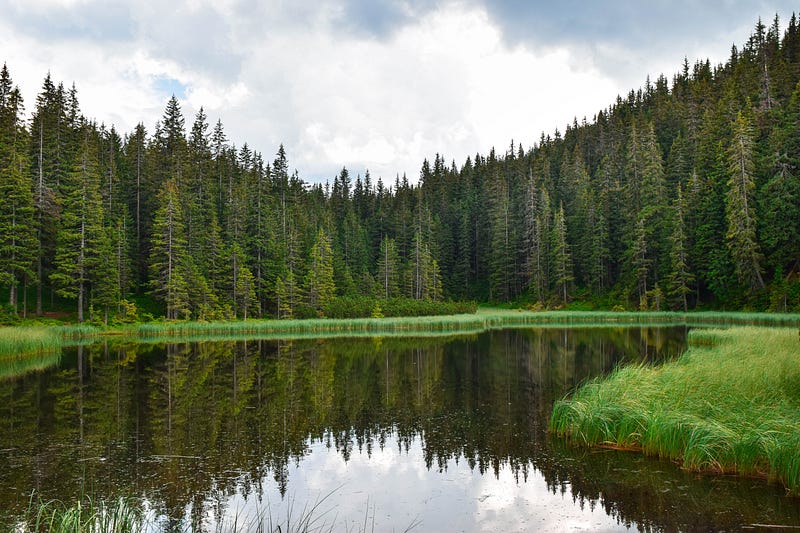
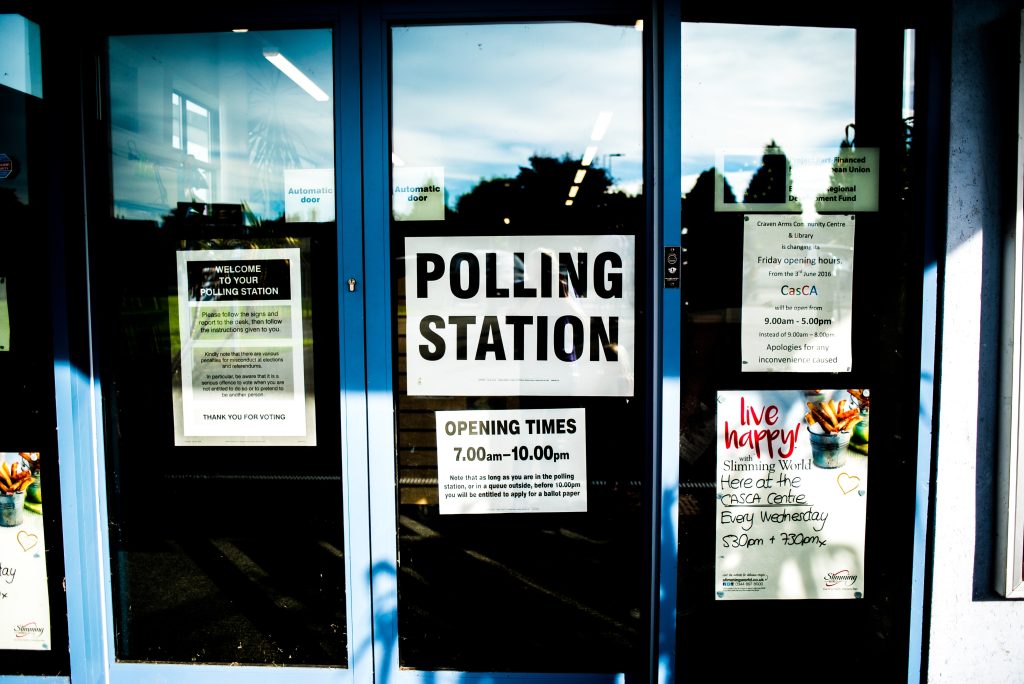 Photo by
Photo by 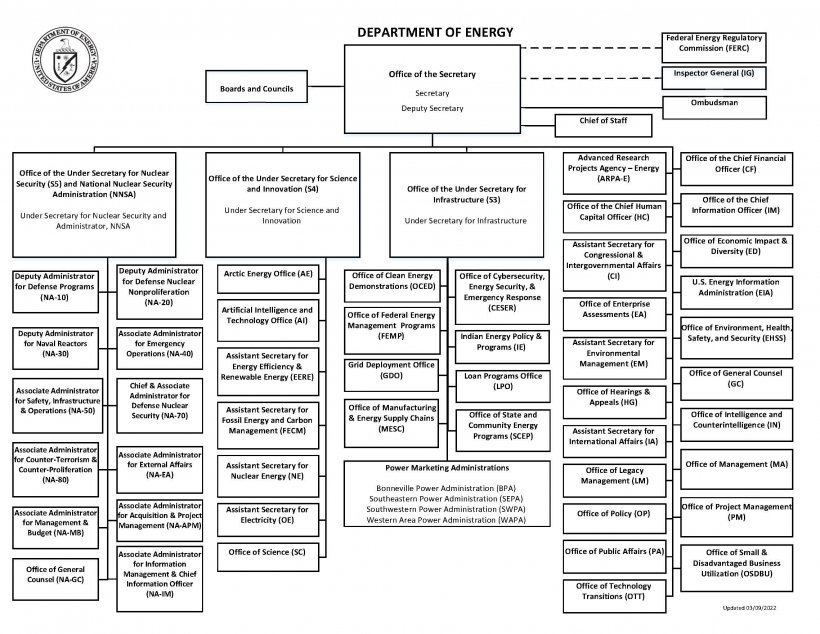
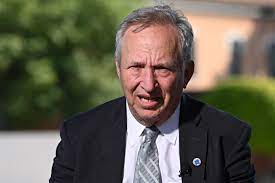 Bankers’ man Larry Summers. Image from Slate.com
Bankers’ man Larry Summers. Image from Slate.com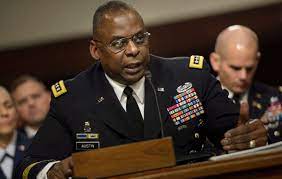 Lloyd Austin, one man military-industrial complex
Lloyd Austin, one man military-industrial complex